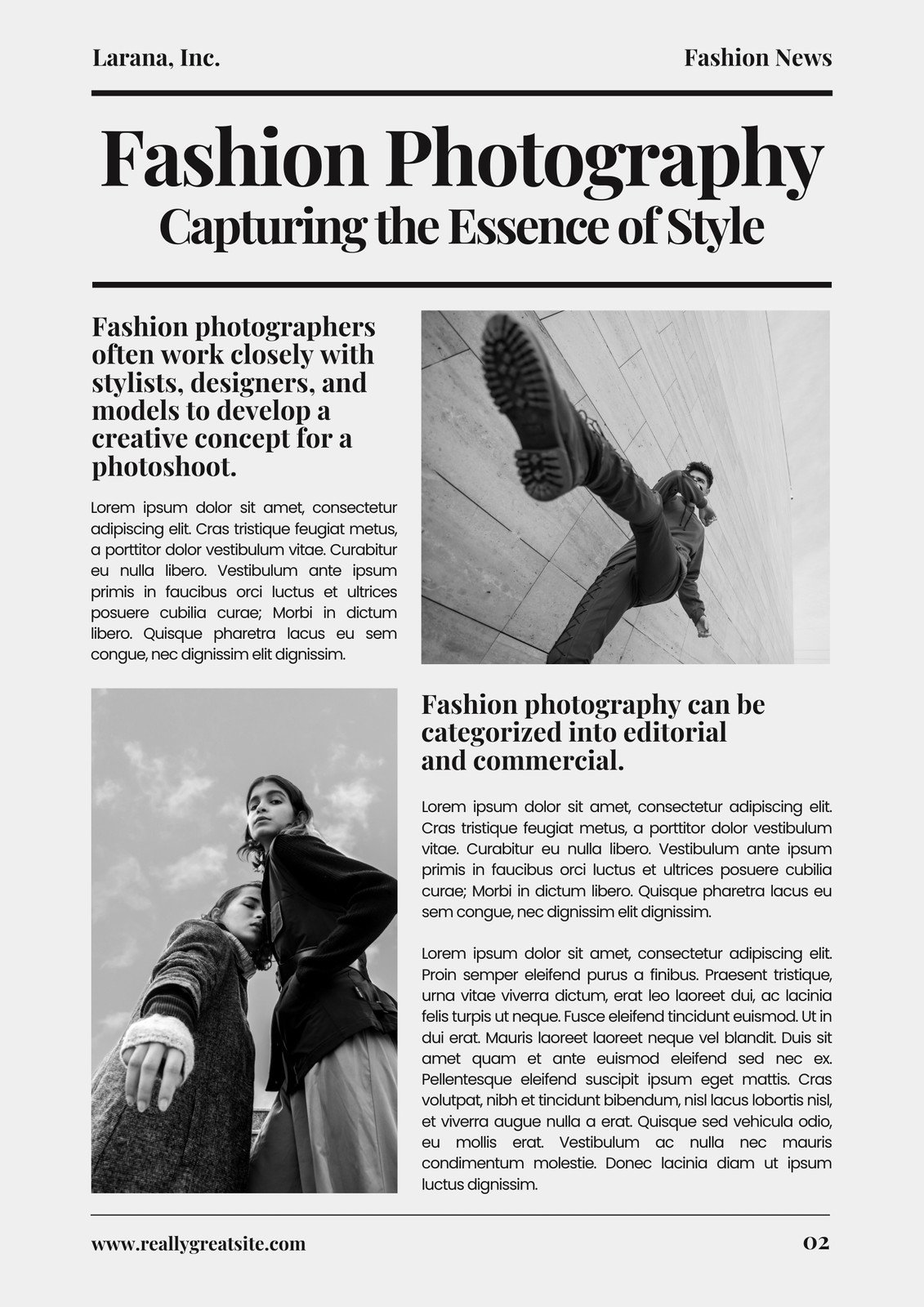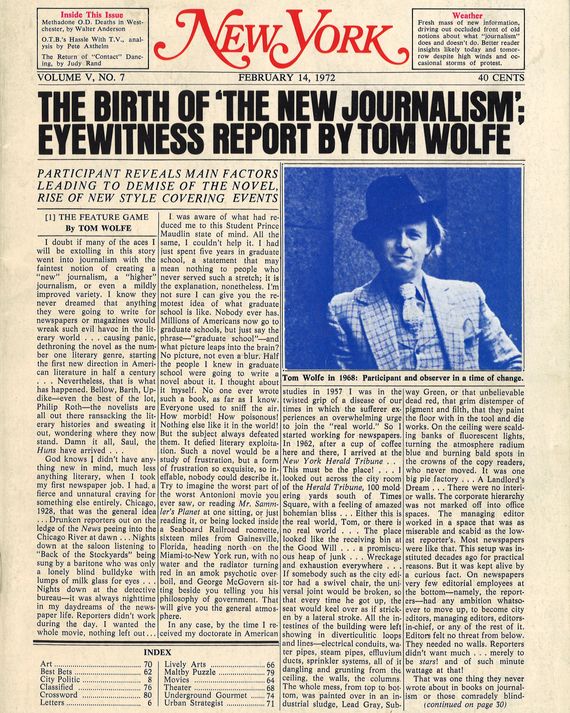Not known Facts About News Articles
Table of Contents10 Simple Techniques For News ArticlesSome Ideas on News Articles You Should KnowA Biased View of News ArticlesThe Facts About News Articles UncoveredNot known Incorrect Statements About News Articles
Great knowledge of various subjects offers students an one-upmanship over their peers. Although electronic and social networks are conveniently easily accessible, we must not forget exactly how important it is to review the newspapers. Moms and dads must try and instill the habit of checking out a paper as a daily regimen to proceed the tradition of the adored print medium.Information stories likewise contain a minimum of one of the adhering to important features about the desired audience: distance, prominence, timeliness, human rate of interest, oddity, or repercussion. The relevant term journalese is often used, normally pejoratively, to describe news-style writing. One more is headlinese. Papers generally abide by an expository writing style.
Within these limitations, news tales additionally intend to be extensive. Among the larger and a lot more recognized newspapers, justness and balance is a major element in presenting info.
Newspapers with an international audience, as an example, tend to utilize an extra official design of creating. The details choices made by a news electrical outlet's editor or editorial board are typically gathered in a style guide; usual design guides include the and the United States News Design Book. The main objectives of information writing can be summarized by the ABCs of journalism: precision, brevity, and clearness.
See This Report about News Articles
Generally, reporters will not make use of a long word when a brief one will do. They make use of subject-verb-object building and construction and vibrant, energetic prose (see Grammar). They provide stories, examples and allegories, and they rarely rely on generalizations or abstract ideas. Information writers try to stay clear of using the very same word greater than once in a paragraph (sometimes called an "resemble" or "word mirror").
Headings sometimes omit the subject (e.g., "Leaps From Watercraft, Catches in Wheel") or verb (e.g., "Cat female fortunate"). A subhead (also subhed, sub-headline, subheading, caption, deck or dek) can be either a secondary title under the major heading, or the heading of a subsection of the write-up. It is a heading that precedes the main message, or a team of paragraphs of the primary text.

Extra billboards of any of these kinds may appear later on in the write-up (specifically on succeeding web pages) to lure more analysis. Such signboards are likewise used as pointers to the write-up in other sections of the magazine or website, or as advertisements for the piece in various other publication or sites. Regular structure with title, lead paragraph (summary in strong), other paragraphs (information) and contact information.

Example of a hard-lead paragraph NASA is suggesting an additional room project. The agency's budget plan request, announced today, consisted of a strategy to send out one more objective to the Moon. This time around the agency wishes to establish a long-term facility as a jumping-off place for various other space adventures. The budget plan demands about $10 billion for the project.
An "off-lead" is the 2nd most see this page essential front web page information of the day. To "bury the lead" is to start the write-up with background details or information of secondary importance to the readers, forcing them to review even more deeply into a write-up than they should have to in order to find the crucial factors.
Examine This Report about News Articles
Typical use is that a person or two sentences each create their very own paragraph. Journalists generally explain the organization or framework of a newspaper article as an upside down pyramid. The crucial and most fascinating aspects of a story are placed at the beginning, with sustaining details complying with in order of decreasing importance.
It allows individuals to discover a subject to only the depth that their curiosity takes them, and without the imposition of details or nuances that they might take into consideration unimportant, yet still making that info readily available to more interested readers. The inverted pyramid structure likewise allows write-ups to be cut to any kind of approximate size during layout, to fit in the space available.
Some authors begin their tales with the "1-2-3 lead", yet there are several sort of lead readily Going Here available. This layout inevitably begins with a "Five Ws" opening paragraph (as described above), followed by an indirect quote that serves to support a major aspect of the first paragraph, and afterwards a straight quote to support the indirect quote. [] A kicker can refer to several things: The last story in the news program; a "delighted" tale to end the show.
Longer write-ups, such as magazine cover short articles and the pieces that lead the inside areas of a you can try these out newspaper, are known as. Attribute tales differ from straight news in numerous methods.
Excitement About News Articles
A feature's first paragraphs commonly connect an intriguing moment or event, as in an "unscientific lead". From the details of an individual or episode, its view rapidly expands to generalizations concerning the story's subject.

The Editor's Toolbox: A Recommendation Overview for Beginners and Professionals (2001) Allan M. Siegal and William G. Connolly. The New York Times Guidebook of Style and Use: The Official Design Overview Used by the Writers and Editors of the Globe's A lot of Authoritative Paper (2002) M. L. Stein, Susan Paterno, and R.